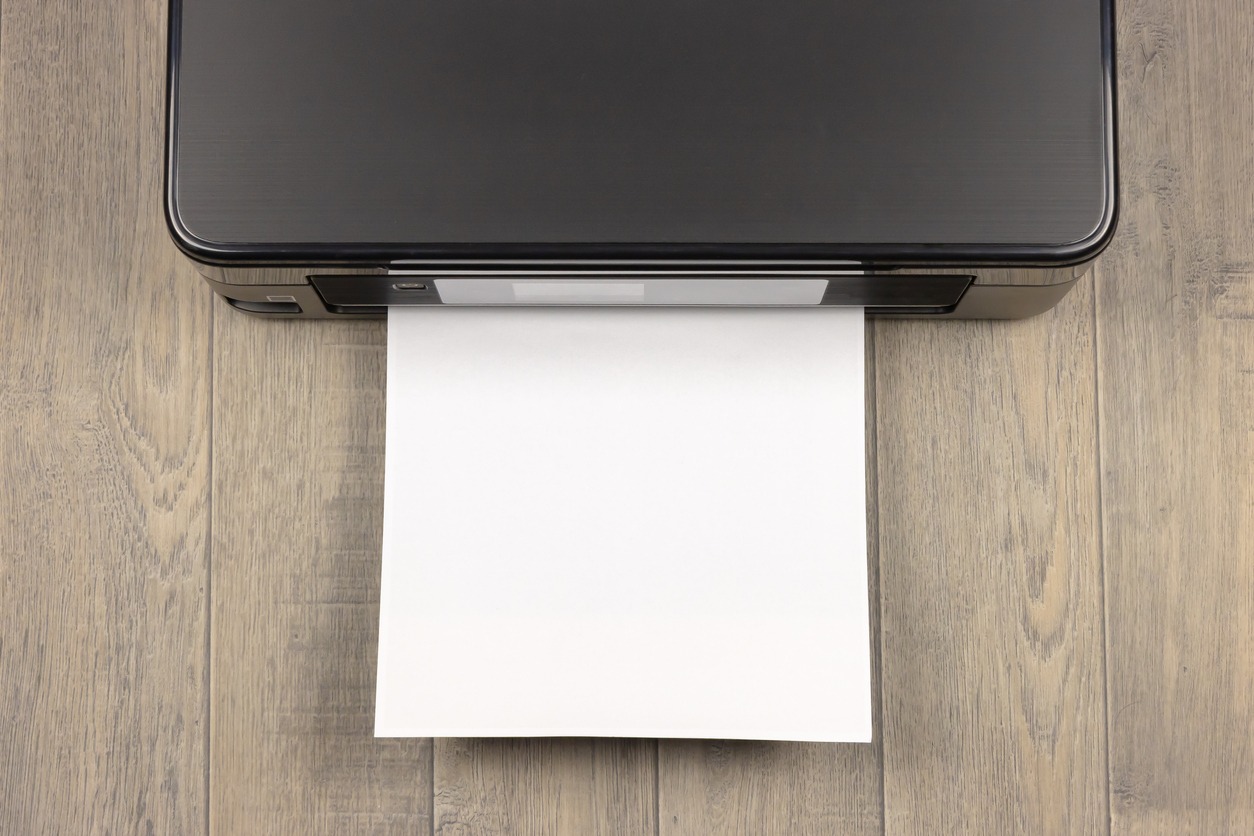The evolution of printers sure does pave its way throughout history. The significance of printers has become widespread over the years, and the printing industry in the United States alone produced roughly 81.7 billion dollars. Such a statistic shows that printing technology has improved significantly in the era of advancement over the past few years.
Printing was initially a craft performed by skilled workers. However, as technology continued to advance in the 2000s, printers also became more and more advanced. Millions of dollars were invested in developing high-quality printers that would suit the needs of its users. Various printer designs were made to print more complex images, documents, as well as 3D arts. As various industries’ demands started to grow, so did the advancement in printing technology.
What is Printing Technology?
Most of us might already know that printing technology is the process of mass reproducing text or images on any base such as paper. Earlier methods of printing were very far from the process we have today. Paper was not yet utilized during the early times, and people would have to use other materials, such as cylinder seals, to copy images.
Over the years, other mediums were used in printing, and one of the most utilized materials until today is paper. The development of such technology made a significant impact in our world, making our work a lot easier. Printing has been a major part of offices, schools, and many other establishments. Some households are also known for using printers for personal use.
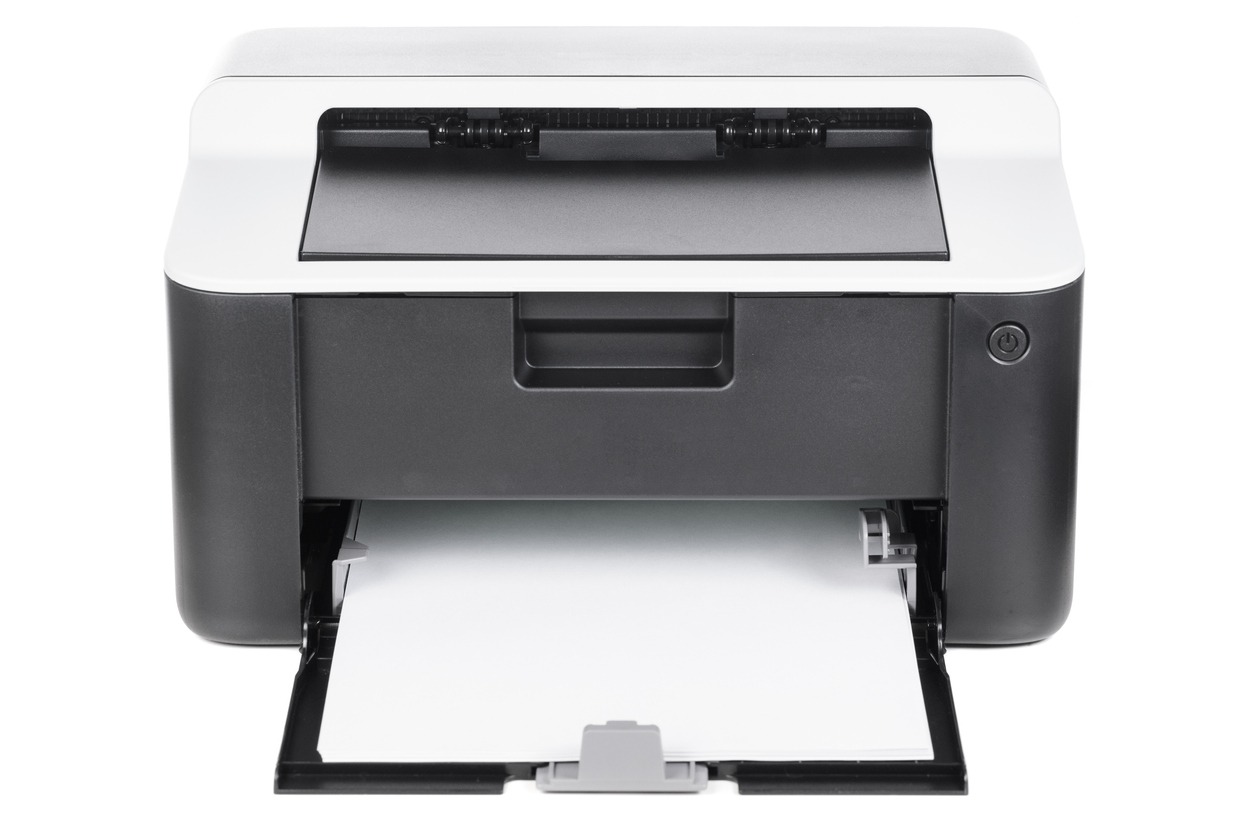
Printing Technology in the 2000s
Although most innovations were made during the late 20th century, the start of the year 2000 also had its contribution to the development of printers.
Even before the 2000s, the printing industry was on a rapid growth yet many new features were to be seen. The first wireless printer was also introduced to the market in 1993, which utilized Bluetooth technology. Interestingly, modern printer designs were built to last longer, be more efficient, and be easier to use. Furthermore, new innovative features were developed, which make these features more attractive and versatile.
One of the unique features of modern printing technology in the 2000s is ‘voice control.’ There are some printers today that are known for having voice control, which makes it easier for the user to start printing. This feature utilizes various AI technologies, such as Google Assistant, Siri, and Alexa; all of these are known for their exceptional program that could identify voice commands. Using voice controls proves to be easier and simpler than manually hovering your cursor across the screen.
First Commercial Printing Unit – 2003
In 2003, Kodak installed their commercial printing business unit. Companies such as Nexpress and Heidelberg were included in this division as well. This worked well for quite a long time but the volume of sheetfed offset print reached its lowest point within these 10 years. By 2007, an Espresso Book Machine was created which was an on-demand printing system.
This was considered a great revolution because earlier, printing at a rapid speed was not possible. The XEROX WorkCentre 4112 was one such express machine that had the functions of collating, binding, and cutting as well. This machine was so fast that it would print about 300 pages in 4 minutes. This is equivalent to 1.25 pages per second. However, since this was a new technology with Xerox being the only supplier, the price of this printer was quite high. It cost about $97,000 and it was sold for over $100,000 in some areas too.
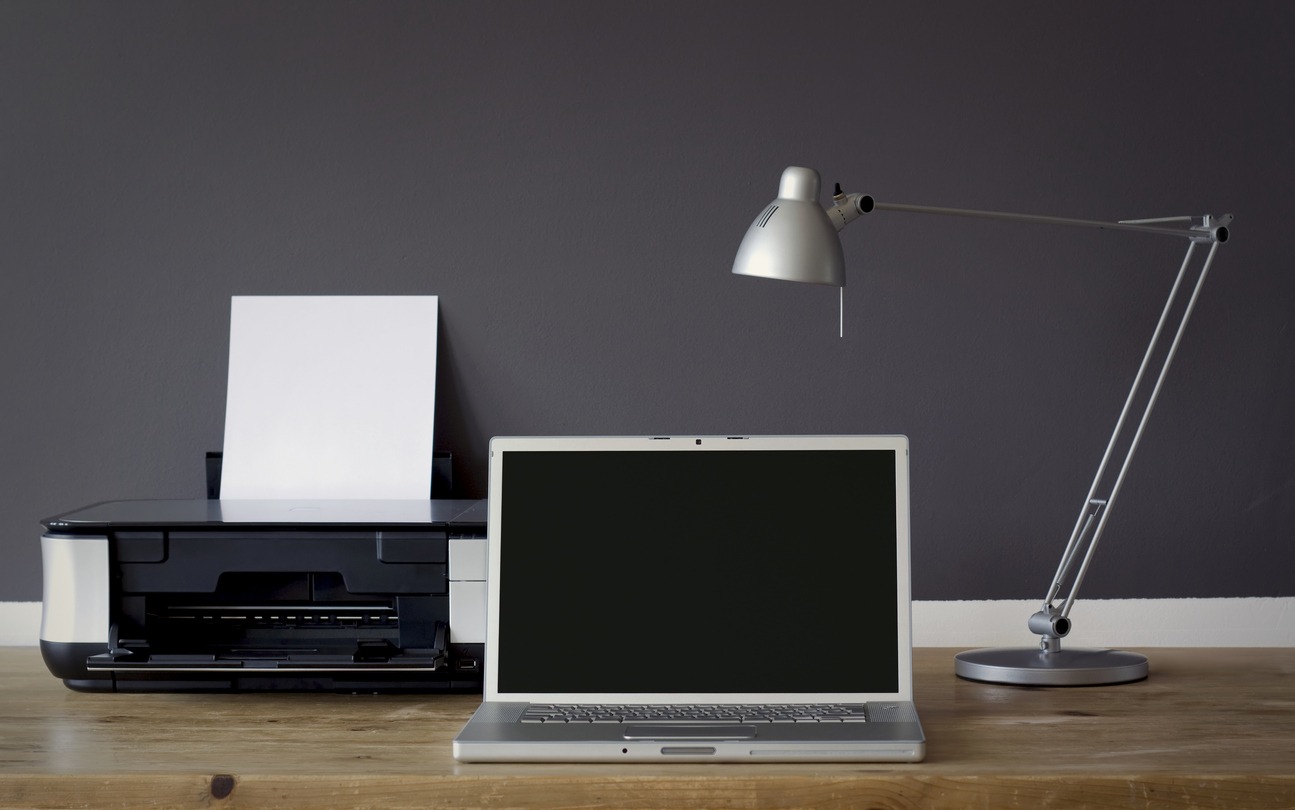
Crisis in Printing Industry – 2008
Despite the fact that the printing technology in the 2000s was rapidly advancing, there was a major crisis that hit the industry in 2008. The financial crisis arose because of the world recession that put a halt to many industries of the world. There was a lot of pressure on the industry giants mainly because the volume of printing had dropped. Ultimately, this had resulted in a fallback of the demand for printers.
Many industries which were using printers on a mass scale such as newspapers and magazines industry suffered in the form of higher paper prices, fewer advertisements by the businesses, and also increased competition because of internet-based advertisement. The situation got so bad that even some of the largest printing companies in the world, including Quebecor World, filed for bankruptcy.
For some countries, the financial crisis increased as well in 2009. The American Forest and Paper Association reported that the newsprint had reduced by 30% in 2009. One report suggested that about 596 magazines were taken off the shelf from the USA alone. Most companies reduced their capital expenditures and did not invest any more in new printers. Heidelberg applied for a loan of over $300 million to survive the aspect of falling profits. A few companies even try to avert the situation by undergoing a merger such as Manroland but it failed due to the erratic financial position of the companies which put the big question as to whether the companies will survive or not.
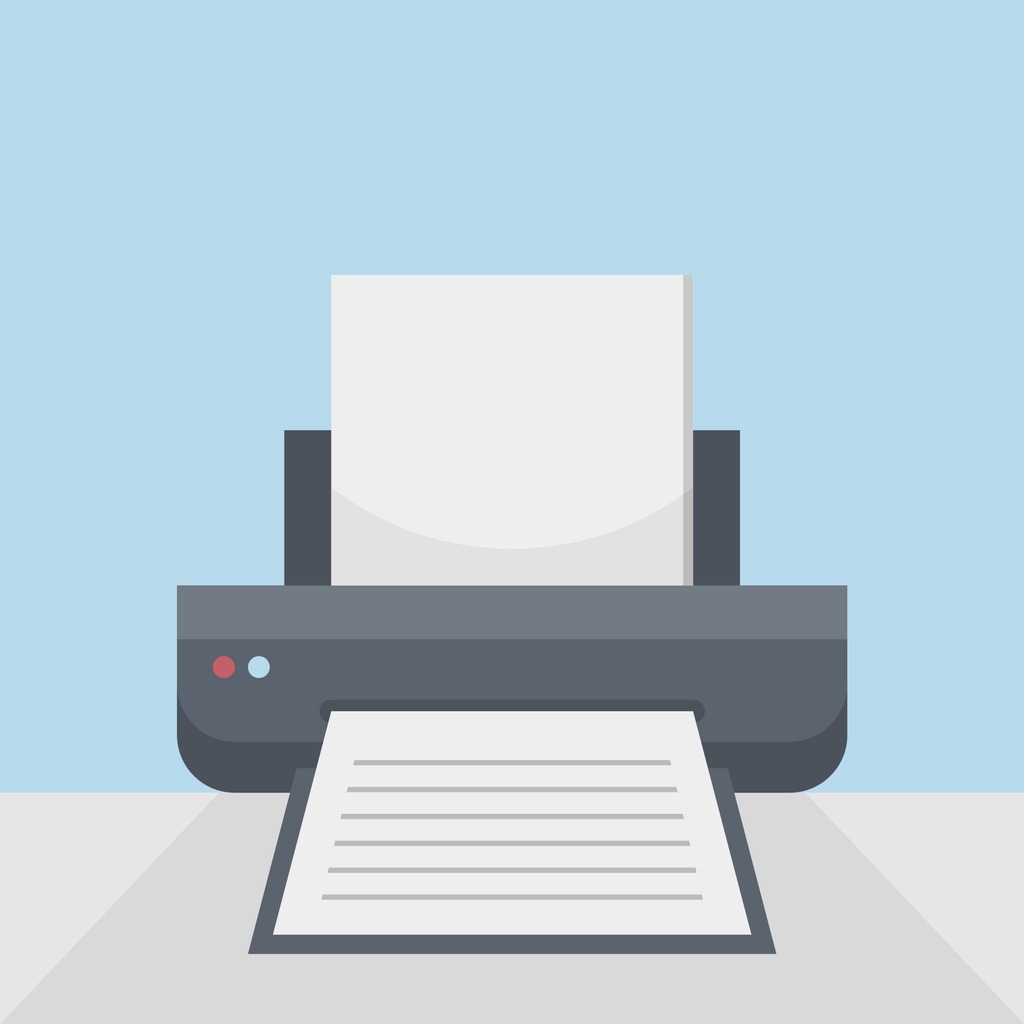
During the crisis, Gross International had some development for the printing standards when it introduced the world’s first 96-page web press. A few years later, the struggling company Manroland, also announced a similar solution with a width of 2.86 meters.
By the end of this crisis, companies such as HP had started development towards other printing techniques as well. HP announced the latex inkjet technology which had the combination between print durable graphics as well as high image quality. This significantly improved the printing standards of the industry. Canon purchased OCE for $1.1 billion mainly because the competition was getting too intense in the market. The typical prices for printing started to fall down and the demand started to go up.
The End of the Decade
By 2010, several changes were noticed in the printing industry. It can be considered that 2010 introduced us to Printing 2.0. Earlier, the technology fairs held in the world used to have press manufacturers displayed such as those by Heidelberg or Man Roland. However, in the IPEX Show of 2010, this was replaced by printer manufacturers such as HP and Xerox. These printers were quite small in size which added more to their portability factor. Besides, inkjet technology and laser printing were being heavily promoted as well. The flagship companies such as HP and Canon introduced several new printers which became a huge success story later on.
Lastly, when we say printing technology, it is not limited to printing texts and images on paper. Printing technology in the 2000s has developed more fascinating designs that prove helpful in different businesses in our world today. A perfect example of this is the 3D printer, which was developed in the late 20th century but was popularized during the 2000s. 3D printing has been a global trend, which helped various industries in creating 3D models instead of 2D images. This new technology is perfect for multiple lines of business that usually work on designs, models, and prototypes.
Modern Printer Designs
As expected, modern printers are known to produce better quality images, along with more efficient printing. These printers are known for having longer-lasting ink cartridges, which could significantly help in reducing time and effort when printing. In addition to this, printing costs could be relatively lower compared to conventional printers since you don’t have to spend a lot just for refilling your ink. Modern printer designs are perfect for printing businesses or in the office, where you are required to print hundreds of pages per day. It is a perfect combination of durability, convenience, and efficiency.
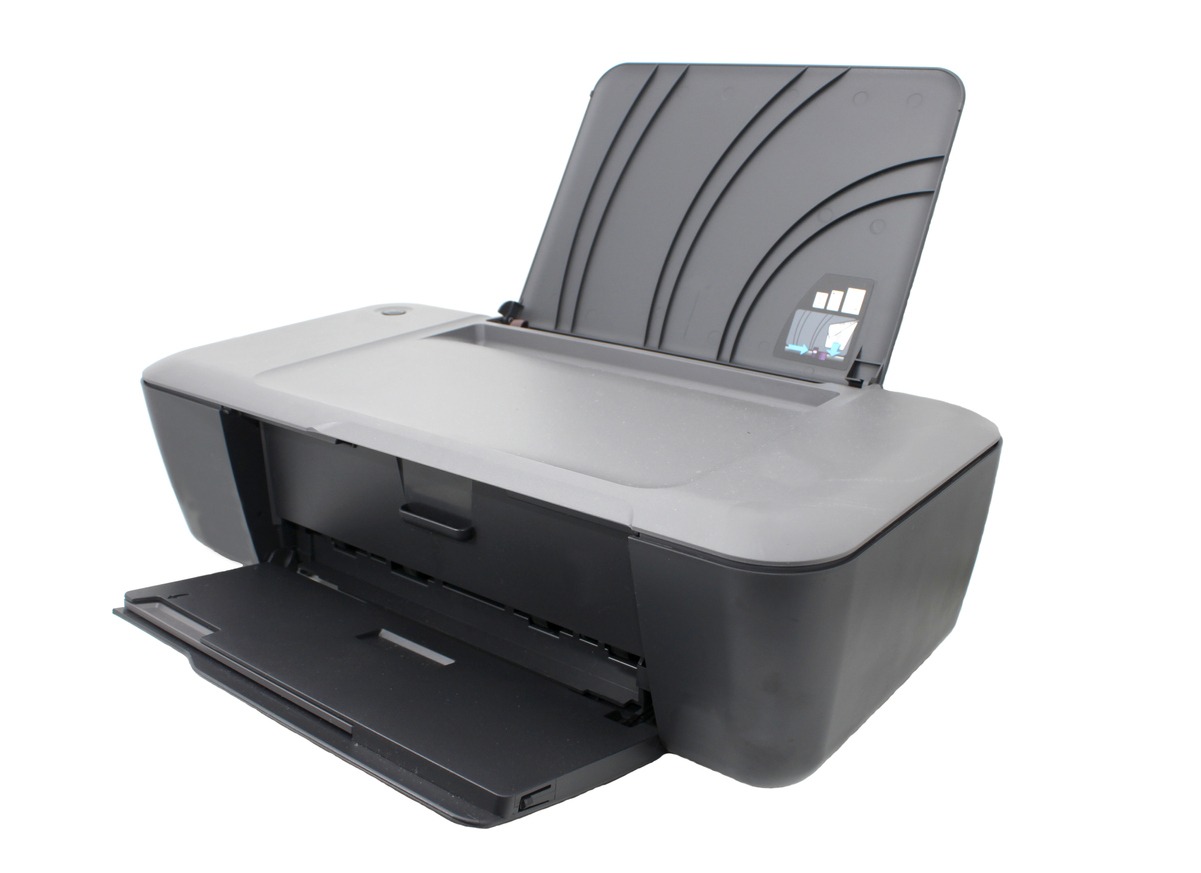
Moreover, If you are looking for a printer that could work on different types of mediums, modern printers are suitable for the job. Most of the new printers in the market are known for their versatility; they have various functions, which are not limited to printing. Some modern printer designs have a built-in scanner and copier, which are both essential machines in the office. Instead of buying individual scanners and copiers, buying an all-in-one printer could help you save money. Furthermore, it could make your work a whole lot easier since you can perform various tasks on just one device, instead of using different machines.
Conclusion
Printing technology was at its peak in the 2000s. Following the 2000s decade, the demand for printing has reduced due to several reasons. Firstly, the soft-copy work in the form of emails increased and the world was moving to the usage of the internet at a rapid pace. Secondly, there were increasing environmental concerns regarding the increased use of paper for printing, particularly because the internet was fulfilling the documentation requirements.
Yet, the printing technology has improved in the 2000s exponentially and the world witnesses that today in the form of modern printers. There is a huge history of printing which you can read here – History of Printing.

